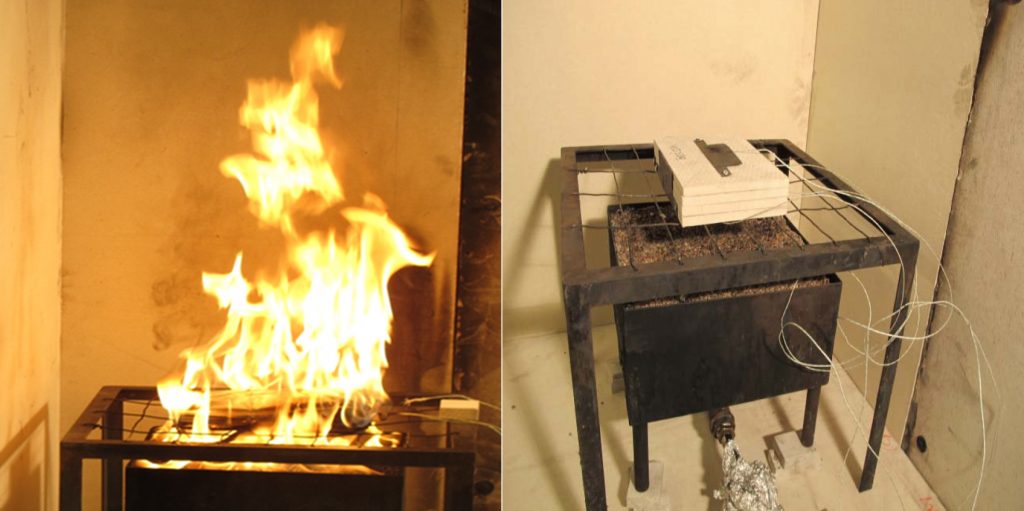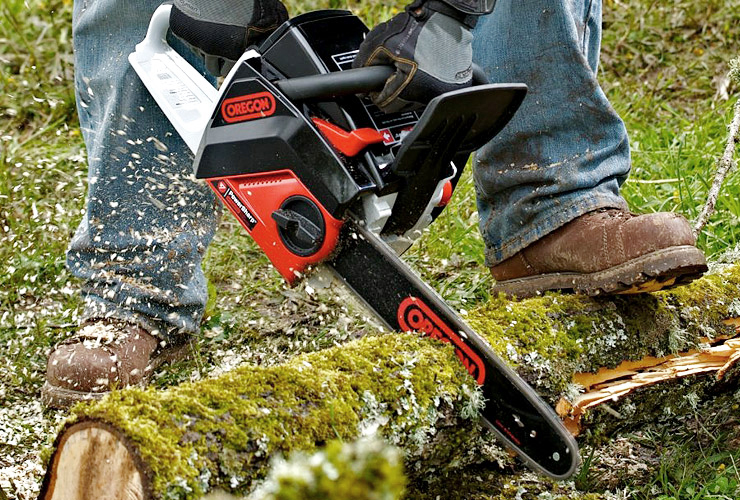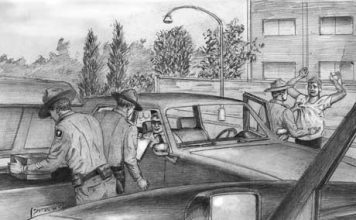By Jeffrey Yago, P.E., C.E.M.
April/May/June, 2019
Battery-powered tool technology is now undergoing some rapid changes in both the power of the tool motors and the batteries supplying the added power. For many years most battery-powered hand tools were less power demanding with battery-powered screwdrivers powered by 12-volt nickel cadmium batteries being the first. To increase battery run time and supply stronger motors, these batteries were increased to 14 volts, then finally 18 volts.
These changes allowed manufacturers to offer more power demanding tools including battery-powered skill saws, hacksaws, and sawzalls. Some manufacturers are now using nickel-metal hydride batteries which provide longer battery run time with only a slight increase in price.
However, recently there has been an explosion in battery-powered tools which are being replaced with the new 18- and 20-volt lithium-ion battery technology, but these are not compatible with the older battery tools and chargers and require a total replacement of the older tools you own, plus the batteries and the battery chargers. In addition, while the batteries in all battery-powered tools historically made up half the cost of the actual tool, the new lithium-ion batteries are double the cost of these more traditional batteries.
When the lithium-ion batteries were first developed, there were multiple reports of the batteries catching fire during charging, with some experiencing spontaneous combustion just sitting on a work bench. Obviously in the past few years this lithium chemistry has evolved, and these batteries are now much safer to use and recharge. To drastically reduce battery size and increase talk time, almost all cell phones are now powered by lithium-ion batteries, but it is still against airline regulations to ship lithium-ion batteries as cargo, so all mail carriers allow ground shipping only in specially labeled shipping containers.

So why would anyone want to buy a new battery tool powered by a lithium-ion battery, that has a prior history of catching fire and costs twice as much as a conventional battery tool? It’s actually very simple. These new lithium-based batteries are about half the size, half the weight, can be recharged in half the time, and will provide almost four times the tool run time as older battery tool technology. Not only can hand-held tools be made much smaller and lighter to hold, but the added power allows manufacturers to now offer more power-hungry tools like chainsaws, framing nailers, and heavy construction tools that up to now could not be powered by batteries.
While I still have a garage full of older battery-powered tools, I started slowly replacing these one at a time with new lithium-ion powered tools and was amazed at the difference. The first thing you will notice is the drill or saw will operate at full power right up to end of charge and then just stop. No longer is there a period at the end of charge when the tool starts to slow down or lose torque. While this does not let you know the tool is almost out of power, the incredible run time makes it seem like they will never need to be recharged.
The increased power in these smaller and lighter lithium-ion batteries finally allowed me to buy a power tool I have been waiting years for them to make. While I have owned all sizes and brands of chainsaws over more years than I care to remember, as I get older, starting a stubborn chainsaw can be so frustrating that I usually give up and hope to try another day. Many times I only wanted to cut off an offending lower limb or trim back a few branches that were too large for my hedge clippers, but the added time to search for the gas can, mix in the oil, and finally get the d— thing started, was just not worth it for these smaller cutting jobs.
In addition, many times I travel through rural back roads that are blocked by a downed tree after a storm. This has become so common that I started to haul around my gasoline-powered chainsaw in the truck bed along with an oil stained gas can and could easily clear the road. However, this was not practical when driving our SUV, as the wife would never allow an oil leaking, gas smelling, chainsaw bouncing around on the carpeted floor of her back seat!
I finally broke down and purchased an Oregon brand battery-powered chainsaw and I may never go back. Since there is no need for gas and oil, I can now keep it behind the back seat with no gasoline smell or carpet damage. If I need to cut off a limb, I just take it out of the backseat, press the button, and start cutting with no sound, no shoulder wear and tear, and no occasional engine servicing.
In addition, every time I buy a replacement chain, it includes a half-moon shaped sharpening stone that fits around the drive chain and gets replaced during the chain replacement process. During cutting operation, I occasionally push a lever on the saw and this stone rubs against the moving chain and sharpens the teeth! This has eliminated my skinned fingers and hunting for my missing chainsaw file each time I need to sharpen the chain.

This new saw has been a blessing, but you still should have at least two batteries, with the spare nearby if the saw quits halfway through an extra-large downed tree. Although these new battery-powered chainsaws cost about the same as a similar-sized gasoline powered chainsaw, the pricing rarely includes the cost of the batteries which are sold separately and can run more than $100 each.
While I don’t recommend throwing away all the older battery-powered tools you now own, I do advise to never buy any more replacement batteries, and next time a battery fails, replace it and the tool with a new 20-volt lithium-ion powered tool and you will not be disappointed.
Jeff Yago is a licensed professional engineer and certified energy manager with more than 40 years of solar and emergency preparedness experience. He has authored numerous articles for various national publications Signed copies of his new book — Lights On — are available at www.offgridprepper.com or by calling 804-457-9566.















I had trouble pull starting a traditional lawn mower because of some arthritis in my hands. I bought a battery powered mower about 5 years ago and it was the best yard tool decision I’ve ever made! It uses two 40 volt batteries and I can now my whole back yard with one charge. That deck is decent too, 20″.
I have a chain saw weed eater and leaf blower for an older person they alow me to do things I couldnt do before I HAVE 40 VOLT and dont seem I can run the batteries down I have 3 battteries I keep charged but never needed then
Next you butcher a newly killed medium to large animal, try a cleaned battery powered reciprocating saw. With a fine metal blade, it makes quick work of bones, and very workable cuts in meat.